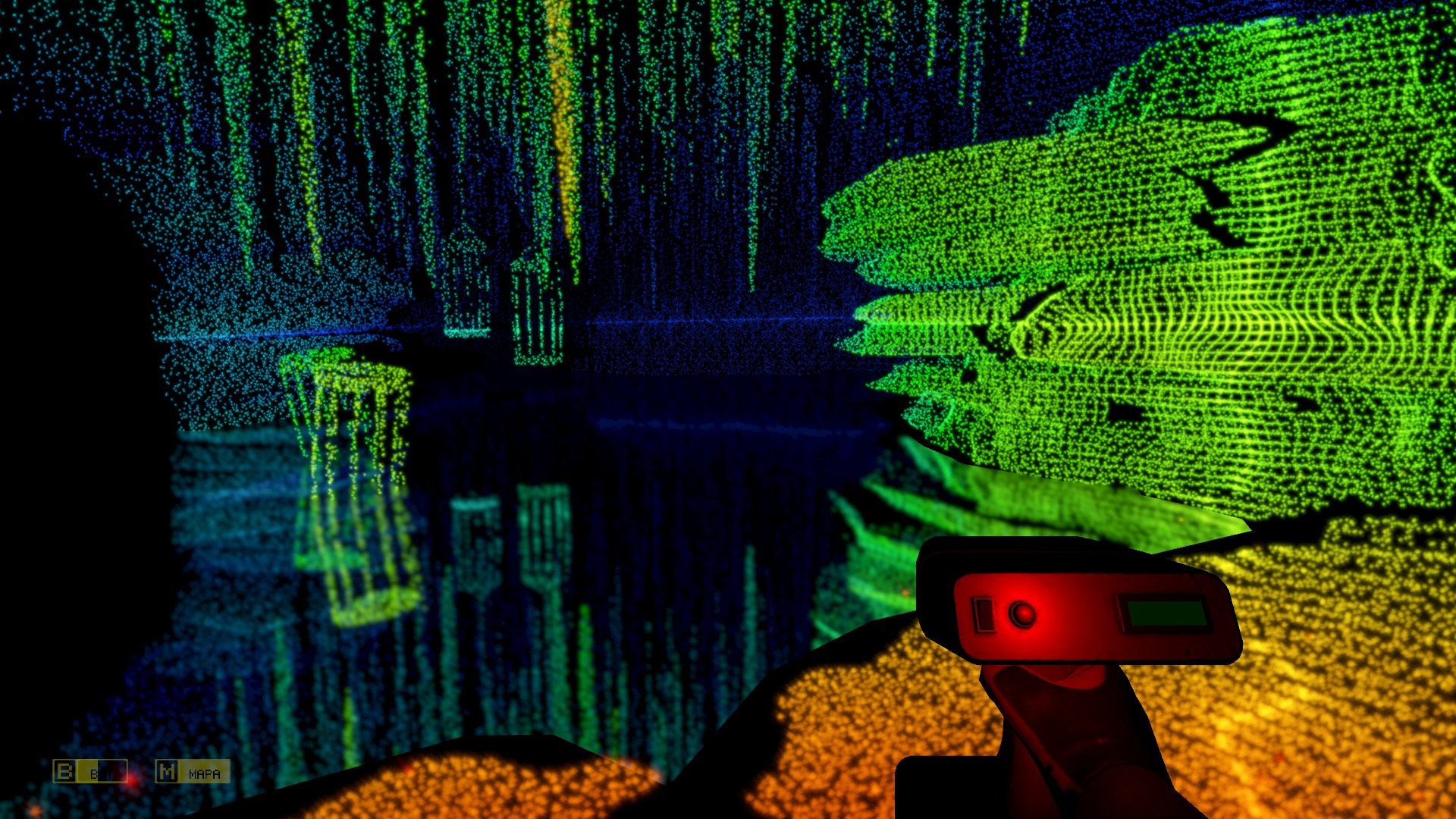


In a previous study 3 we found that a common use of sad (but not happy) music is to enhance self-reflection. Sad- and happy-sounding music (henceforth referred to as sad and happy music) exist at least since antiquity, as witnessed for example from the Greek music system (6th century BC), which ascribed certain emotional qualities, including sadness and happiness, to the unique sound of musical modes.Īlthough over the last decade neuroscience has provided numerous insights into how sad and happy music modulate activity in brain structures involved in emotion 2, the effects of sad and happy music on cognition remain elusive. Sadness and happiness are among the most frequent emotions evoked by music cross-culturally 1.

The ubiquity of music in human culture owes to its capability to evoke and enhance a wide range of emotions. These findings call for a systematic investigation of the relation between music and thought, having broad implications for the use of music in education and clinical settings. Importantly, our results also underscore that DMN activity can be modulated as a function of sad and happy music. happy music, people withdraw their attention inwards and engage in spontaneous, self-referential cognitive processes. Thus, our results demonstrate that, when listening to sad vs. In three experiments we found that sad music, compared with happy music, is associated with stronger mind-wandering (Experiments 1A and 1B) and greater centrality of the nodes of the Default Mode Network (DMN) (Experiment 2). Here we use probe-caught thought sampling and functional magnetic resonance imaging (fMRI) to investigate the influence of sad and happy music on mind-wandering and its underlying neuronal mechanisms. However, effects of music evoking different emotional experiences such as sadness and happiness on cognition, and in particular on self-generated thought, are unknown. Music is a ubiquitous phenomenon in human cultures, mostly due to its power to evoke and regulate emotions.


 0 kommentar(er)
0 kommentar(er)
